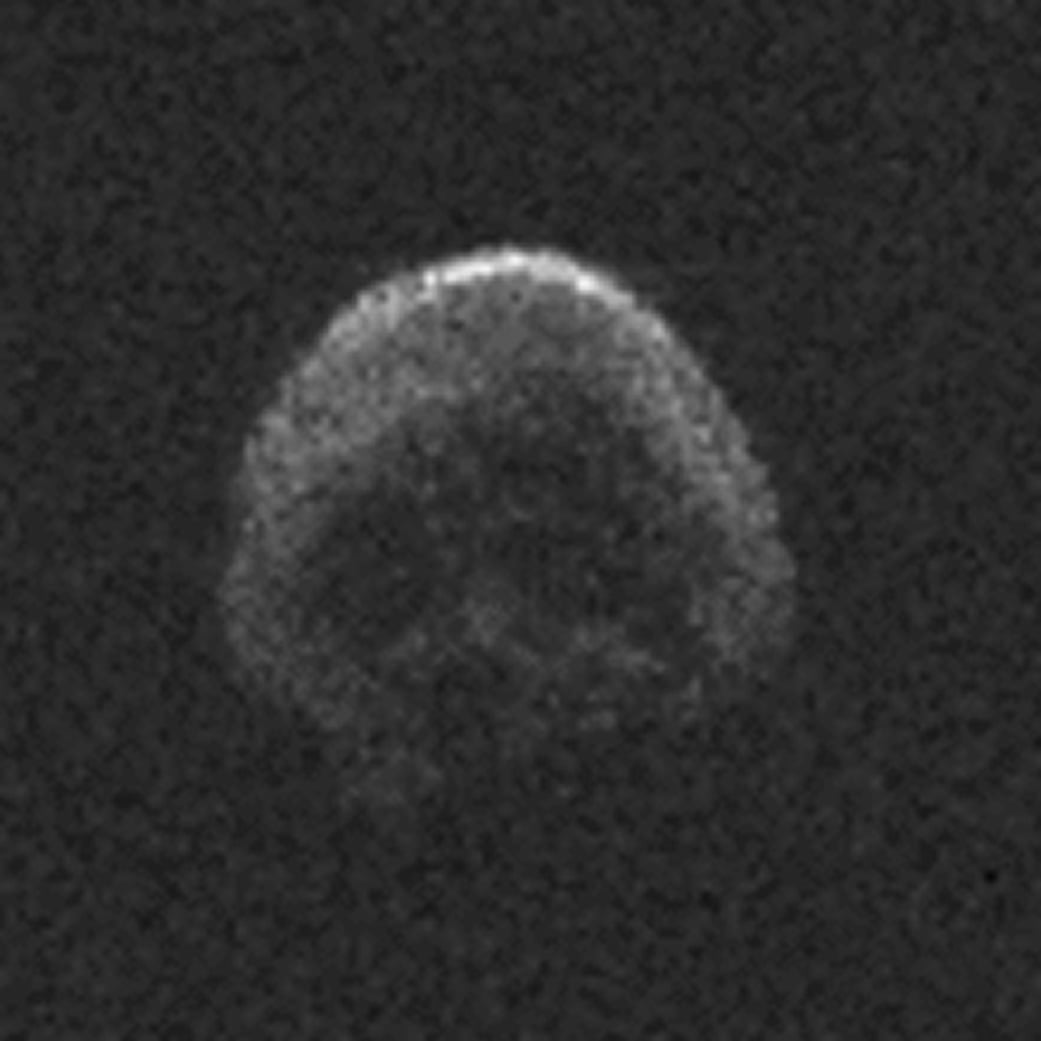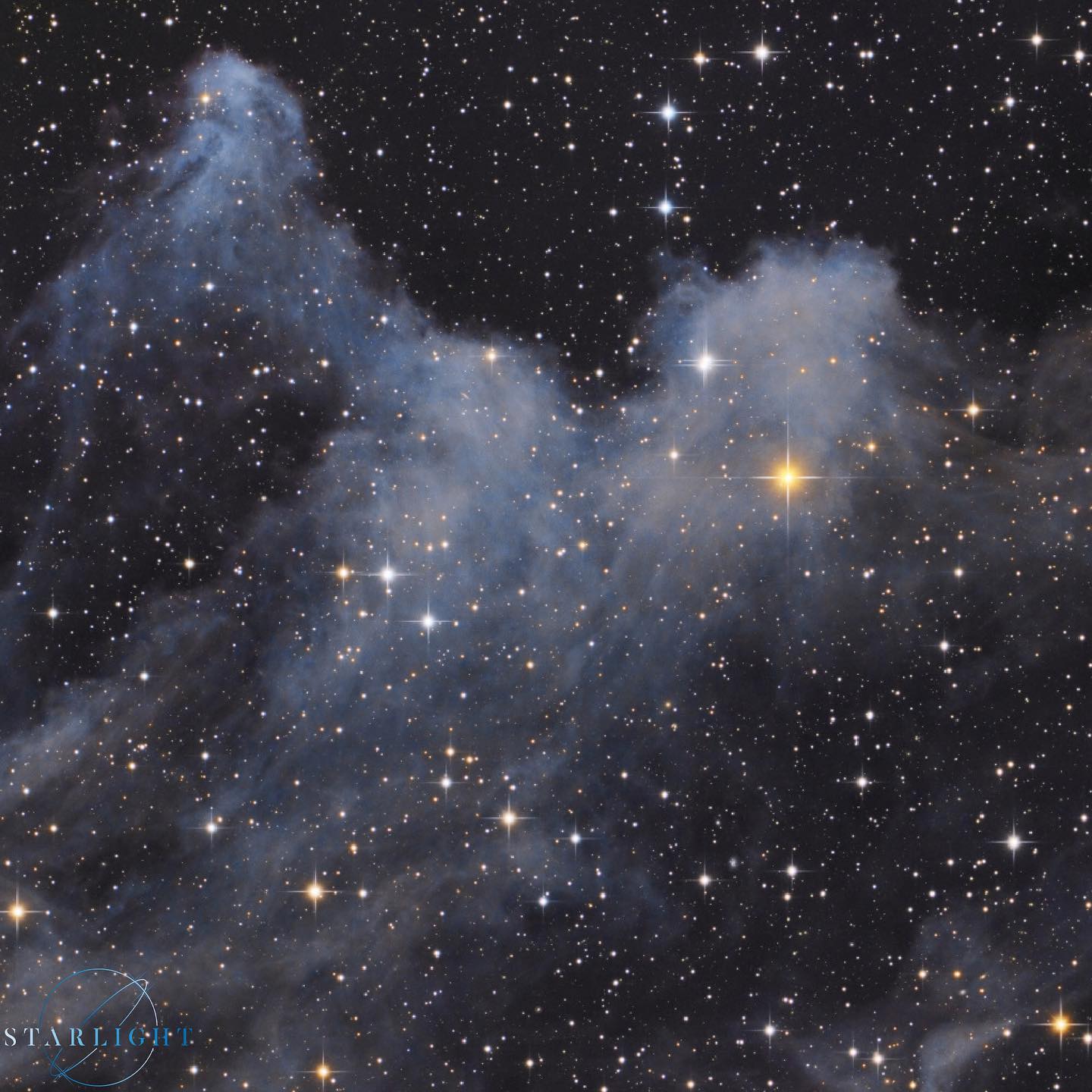Credit: Scientia
"Perhaps this is the scariest and most inspiring photograph in space."
Astronaut Bruce McCandless floats freely, untied from the safety of the Space Shuttle, with nothing but his Manned Maneuver Unit keeping him alive. During this space walk, the first in history, Bruce McCandless was 98 meters from the Challenger, without any connection cable.
McCandless was also part of the crew that put the Hubble Telescope in orbit in 1990.
Photo Credit: Vision of Astronomy

"Perhaps this is the scariest and most inspiring photograph in space."
Astronaut Bruce McCandless floats freely, untied from the safety of the Space Shuttle, with nothing but his Manned Maneuver Unit keeping him alive. During this space walk, the first in history, Bruce McCandless was 98 meters from the Challenger, without any connection cable.
McCandless was also part of the crew that put the Hubble Telescope in orbit in 1990.
Photo Credit: Vision of Astronomy













